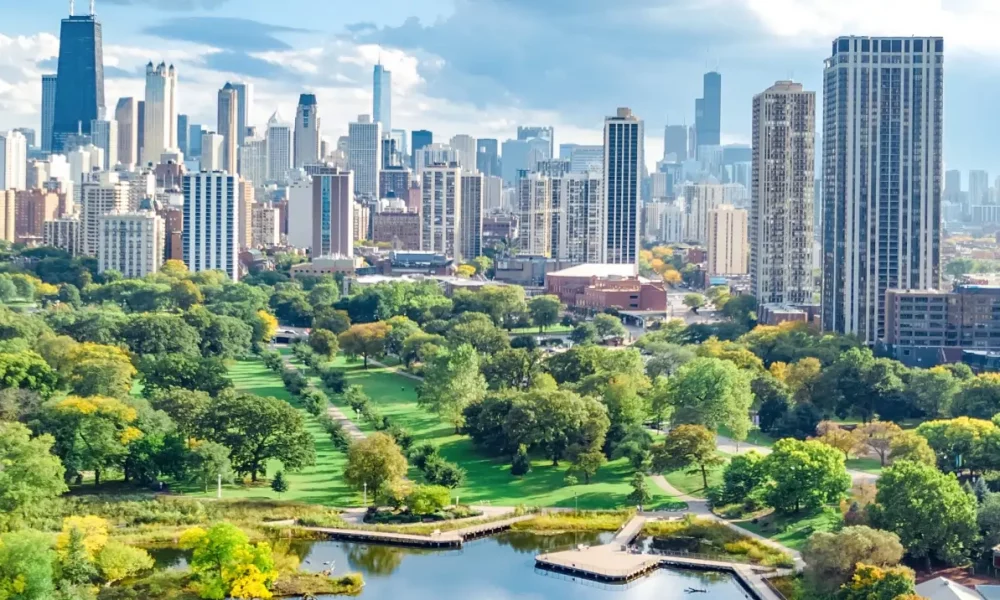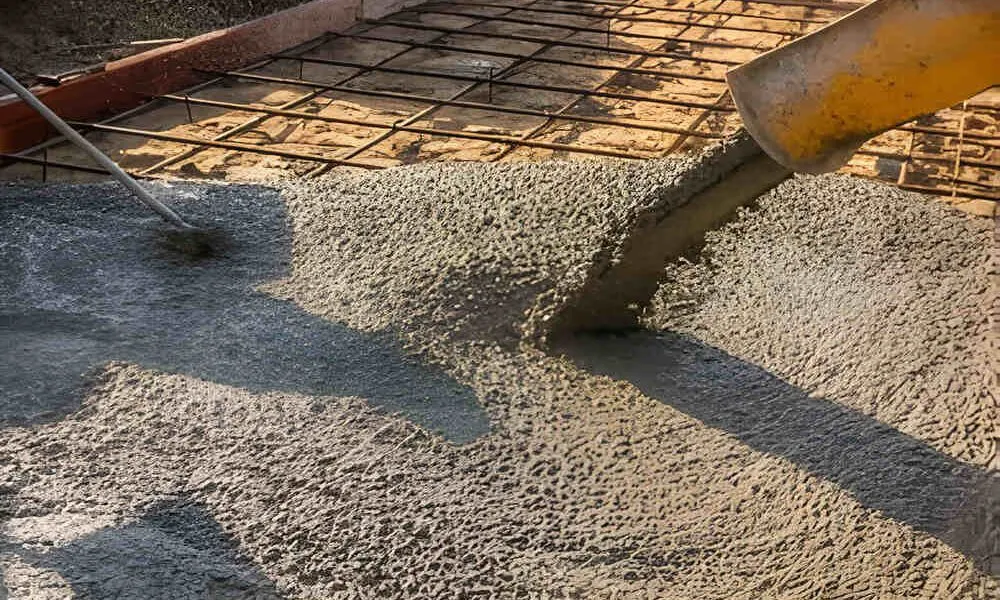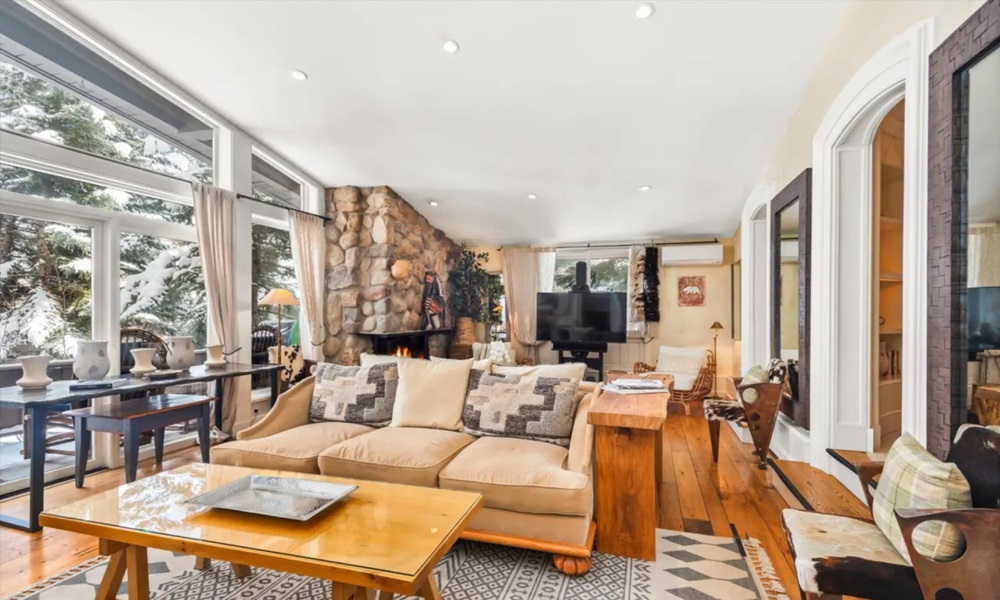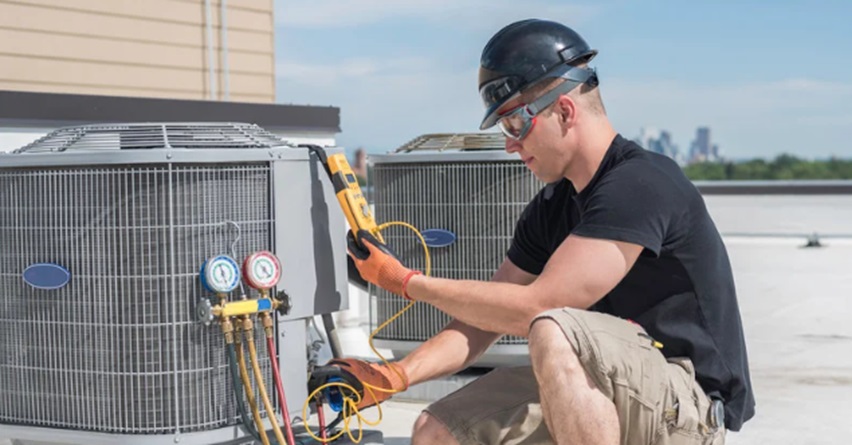Boise residents watch their paychecks disappear faster than ever as housing costs, transportation expenses, and everyday purchases consume larger portions of monthly budgets. The capital city’s transformation from an affordable gem to a high-demand destination has reshaped how locals allocate their income. While Boise’s expenses now set the benchmark for the Idaho cost of living, residents make tough choices about where their dollars go.
Rent and mortgages dominate
Housing dominates most Boise households’ spending, claiming anywhere from 30% to 50% of monthly income. The median home price in Ada County reached $588,000 in 2024, translating to monthly mortgage payments of $3,200 or more with current interest rates. Those opting to rent face similar challenges, with average two-bedroom apartments commanding $1,800 monthly in desirable neighbourhoods like North End or Southeast Boise. Beyond the basic mortgage or rent, Boise residents contend with property taxes that have risen alongside home values. Annual property tax bills now commonly exceed $4,000 for modest homes, while newer constructions in subdivisions like Harris Ranch often face $7,000+ yearly tax obligations. Homeowners also budget for increasing utility costs, with summer cooling bills reaching $250 monthly and winter heating costs approaching $200.
Getting around town
Getting around Boise requires careful financial planning, whether commuting to work or exploring Idaho’s outdoor recreation. The typical Boise household spends:
- $615 monthly on car payments across 1.8 vehicles per household
- $180 on auto insurance due to increasing accident rates
- $275 on fuel, despite Idaho’s traditionally lower gas prices
- $120 on maintenance and repairs
- $85 on parking for downtown workers
Public transportation offers minimal savings, with Valley Regional Transit’s monthly passes costing $60 while providing limited coverage. The city’s growing bike infrastructure helps some residents reduce transportation costs, though winter conditions limit year-round cycling for most commuters.
Dining and social life
Boise’s dining scene has evolved from affordable family restaurants to upscale establishments catering to newcomers with higher disposable incomes. Monthly food budgets reflect this shift, with four families typically spending $1,200 on groceries and $400 on dining out. Local farmers’ markets offer fresh produce, but often at premium prices compared to chain supermarkets. Entertainment costs have similarly escalated, with movie tickets at $15, craft cocktails at $14, and concert tickets for local venues starting at $45. Outdoor recreation, once considered Boise’s free entertainment, now requires investment in gear, park passes, and fuel for trips to popular destinations like McCall or Sun Valley.
Hidden expenses
Beyond obvious expenses, Boise residents face less visible costs stemming from rapid growth. Childcare averages $1,100 monthly for infants and $850 for preschoolers, reflecting increased demand and higher operating costs for providers. Healthcare premiums and out-of-pocket expenses continue rising, with family coverage through employer plans averaging $580 monthly plus deductibles ranging from $2,000 to $6,000. Local services have adjusted pricing to match the changing economic landscape. Dog walking services charge $25 per visit, house cleaning runs $150 for standard homes, and lawn care costs $120 monthly during the growing season. Once considered luxuries, these services have become necessities for dual-income households struggling to balance work and home responsibilities.
The cumulative effect leaves many Boise residents feeling financially stretched despite earning what would be considered comfortable salaries elsewhere in Idaho. Young professionals earning $70,000 annually live paycheck to paycheck after accounting for housing, transportation, and basic living expenses. The city’s evolution from affordable haven to premium market continues to reshape how residents allocate their resources, forcing difficult decisions about priorities and plans.












